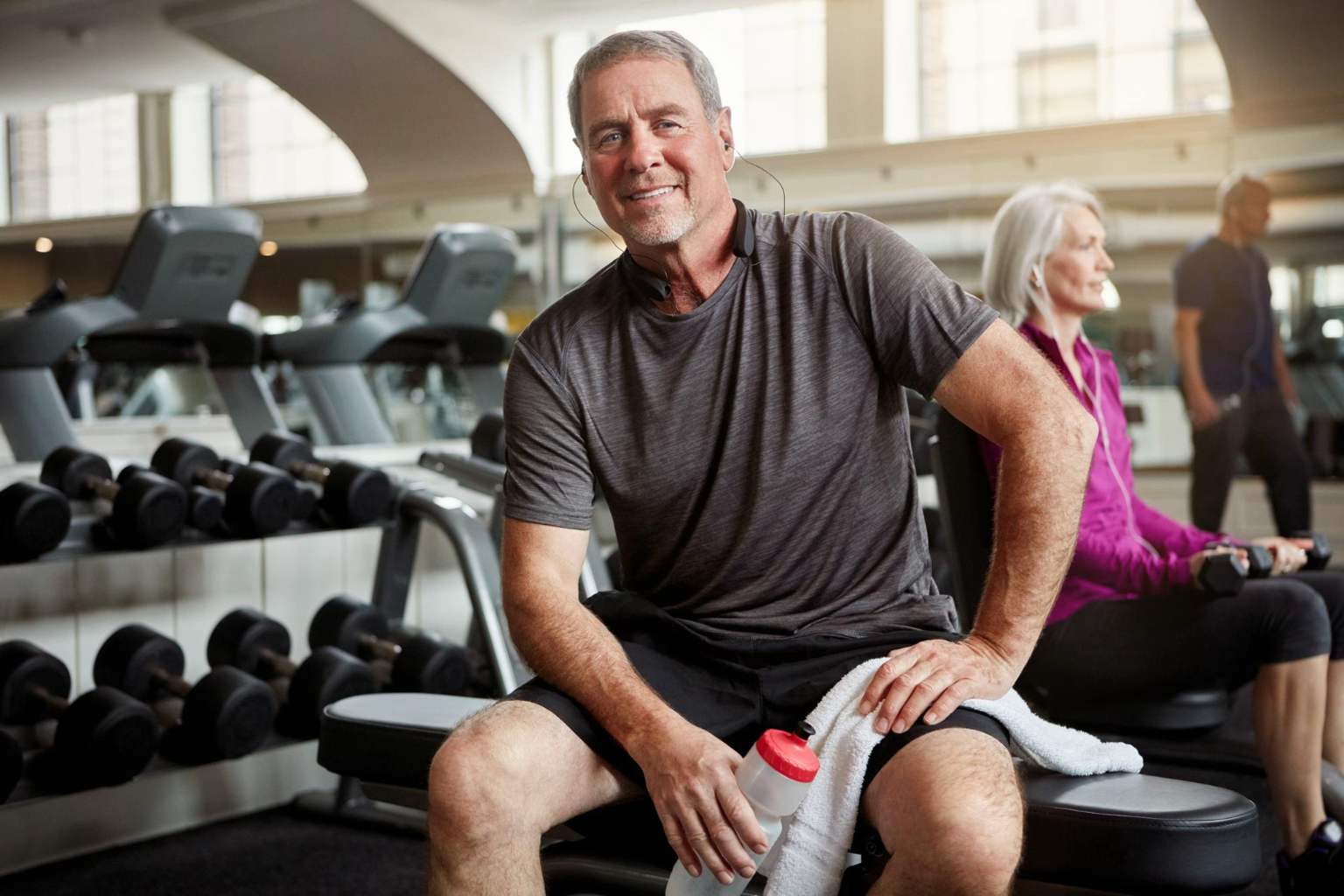As we grow older, keeping our legs strong becomes key to staying mobile and independent. But exercises like squats and lunges can sometimes feel too challenging or risky for those over 60. The good news? There’s an effective and safer way to build leg strength without those moves: the leg press.
This exercise, commonly done on a gym machine, offers a gentle yet powerful way to develop leg muscles, improve balance, and make everyday tasks—like climbing stairs or standing up from a chair—easier. Let’s dive into why leg presses might just be the ideal choice for older adults, how to perform them correctly, and how to build a well-rounded leg workout routine that feels good and lasts.
Leg presses: a low-impact way to build leg strength after 60
The leg press involves sitting down and pushing a platform away with your feet, using a machine designed for this precise motion. This set-up reduces strain on sensitive joints like the knees, hips, and lower back when compared to traditional standing exercises.
For folks over 60, this means building strength safely while reducing the risk of injury. The muscles you work include your quadriceps, hamstrings, and glutes—all critical players in keeping you stable and able to move confidently.
One of the best parts about the leg press machine is controlling the weight you push. You can start light and slowly increase as you feel comfortable, which helps you avoid over-exertion. Proper form is key: sit with your back flat against the pad, place your feet shoulder-width apart on the platform, and press through your heels, not your toes, to straighten your legs. Be sure not to lock your knees at the top, and lower the platform carefully to keep tension on your muscles.
Aim for 2-3 sets of 10-15 reps using a weight that challenges you but still feels manageable. If you’re new to this exercise, working with a trainer or physical therapist can help ensure your form is spot-on and your weight is just right.
Crafting a balanced leg-strengthening routine for seniors
While leg presses are a fantastic start, mixing in other leg-focused exercises provides a more complete workout. This variety helps address different muscles and movement patterns, boosting your joint stability, flexibility, and overall leg function.
Consider pairing leg presses with gentle exercises like seated leg lifts, calf raises, or gentle step-ups. These movements all play a role in preventing muscle imbalances and keeping your lower body strong for daily activities.
Try to commit to 2-3 strength training sessions each week, allowing rest days in between to let your muscles recover and grow. Adding light cardio—like walking or swimming—can help maintain your endurance and support heart health.
Remember, strong legs mean more than just muscle—they’re essential for staying active and preventing falls. The leg press creates a safe foundation for this strength, and embracing a diverse, low-impact workout routine makes everyday movements smoother and more confident.
Everyday lessons from leg strength: why it matters
I recently noticed how important strong legs are when helping my grandmother navigate her home. Simple things, like rising from her favorite chair or climbing a few steps, had become challenging. After she started working with a physical therapist who introduced leg presses, her confidence soared, and those daily tasks felt easier.
This experience reinforced that strength training isn’t just about looking fit—it’s about holding onto independence and quality of life. Making the effort to build sturdiness below the waist impacts every part of life, from chasing grandkids to running errands without worry.
So, have you tried leg presses or other low-impact leg exercises? What challenges or victories have you faced with leg strength as you age? Share your stories or tips below—and if you found this helpful, don’t hesitate to spread the word with friends or family who might benefit. Let’s keep moving strong, together.
